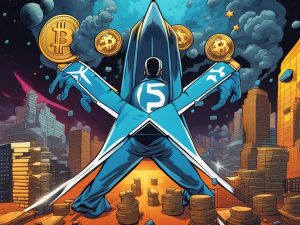Introduction:
Welcome to the world of cryptocurrency, where innovation and progress never cease. If you’re someone who is interested in the crypto space, then you’ve probably come across The Graph (GRT) coin. In this article, we will explore what The Graph is all about and how it enables seamless data interoperability across multiple blockchains. So, buckle up and let’s dive into this fascinating world of blockchain technology.
The Graph (GRT) Coin:
So, what exactly is The Graph coin? Basically, it’s a blockchain project that focuses on building a decentralized protocol for querying and indexing data across various blockchain networks. In simple terms, it allows you to easily access and retrieve information from different blockchains in a seamless manner.
You might be wondering why this is significant. Well, currently, each blockchain operates independently, which means there is no easy way to search and access data across different blockchains. This lack of interoperability creates a fragmented and inefficient ecosystem. The Graph aims to solve this problem by providing a unified platform that connects different blockchains, enabling developers to build applications that can interact with multiple chains effortlessly.
How Does The Graph Work?
Now that you have a basic understanding of what The Graph coin is, let’s delve into how it actually works. At its core, The Graph is a decentralized indexing protocol that enables efficient querying and indexing of blockchain data. It consists of three main components:
1. Subgraphs: Subgraphs are the building blocks of The Graph ecosystem. They represent specific data sets within a blockchain. For example, a subgraph could be created to represent all the transactions on a particular blockchain. These subgraphs define how data is indexed and organized, making it easier to retrieve information later.
2. Indexers: Indexers play a crucial role in The Graph ecosystem. They are responsible for processing and indexing subgraphs, making them searchable. Indexers are incentivized through a staking mechanism, where they can earn rewards in proportion to the amount of work they contribute to the network.
3. Querying Engine: The querying engine allows developers to perform complex queries on the indexed subgraphs. It provides a user-friendly interface for fetching and filtering data from multiple blockchains. This makes it much easier for developers to build decentralized applications that require data from multiple sources.
The Importance of Data Interoperability:
Now that you understand how The Graph coin enables seamless data interoperability, let’s discuss why this is crucial for the blockchain ecosystem as a whole. Data interoperability opens up a world of possibilities for developers and dApp users alike. Here are a few key benefits:
1. Efficient Development: With The Graph, developers can save valuable time and resources by easily accessing and combining data from different blockchains. This significantly speeds up the development process and enables the creation of more innovative and feature-rich applications.
2. Enhanced User Experience: For dApp users, data interoperability means a seamless experience across multiple chains. They can access and interact with information from various blockchains without the need for multiple wallets or complex processes. This makes decentralized applications more user-friendly and accessible.
3. Scalability: As the number of blockchains continues to grow, so does the need for cross-chain compatibility. The Graph addresses this issue by providing a scalable solution for data interoperability. It serves as a bridge that connects different chains, enabling them to work together harmoniously.
FAQs:
Q: Can anyone become an indexer on The Graph network?
A: Yes, anyone can become an indexer on The Graph network. However, they need to meet certain technical requirements and stake GRT tokens to participate. This incentivizes indexers to provide high-quality indexing services.
Q: How does The Graph ensure the accuracy of indexed data?
A: The Graph relies on a decentralized network of indexers to validate and verify data. Indexers are incentivized to provide accurate information, as they could face penalties for malicious behavior.
Q: Are there any restrictions on the type of data that can be indexed?
A: While The Graph aims to be a flexible and open platform, there are some limitations on the type of data that can be indexed. For example, data that violates legal or ethical guidelines may not be supported.
Q: How does The Graph (GRT) coin gain value?
A: The Graph (GRT) coin gains value through utility and demand. As more developers and users adopt the protocol, the demand for GRT tokens increases. Additionally, indexers earn rewards in GRT tokens for their work, creating a circulating supply and driving value.
Conclusion:
So, there you have it – an introduction to The Graph (GRT) coin and its role in enabling seamless data interoperability across multiple blockchains. By unifying different blockchain networks, The Graph paves the way for a more efficient, user-friendly, and scalable future for the cryptocurrency ecosystem. Whether you’re a developer or a dApp user, The Graph opens up a world of possibilities. So, embrace this new era of blockchain technology and explore the potential that The Graph offers.

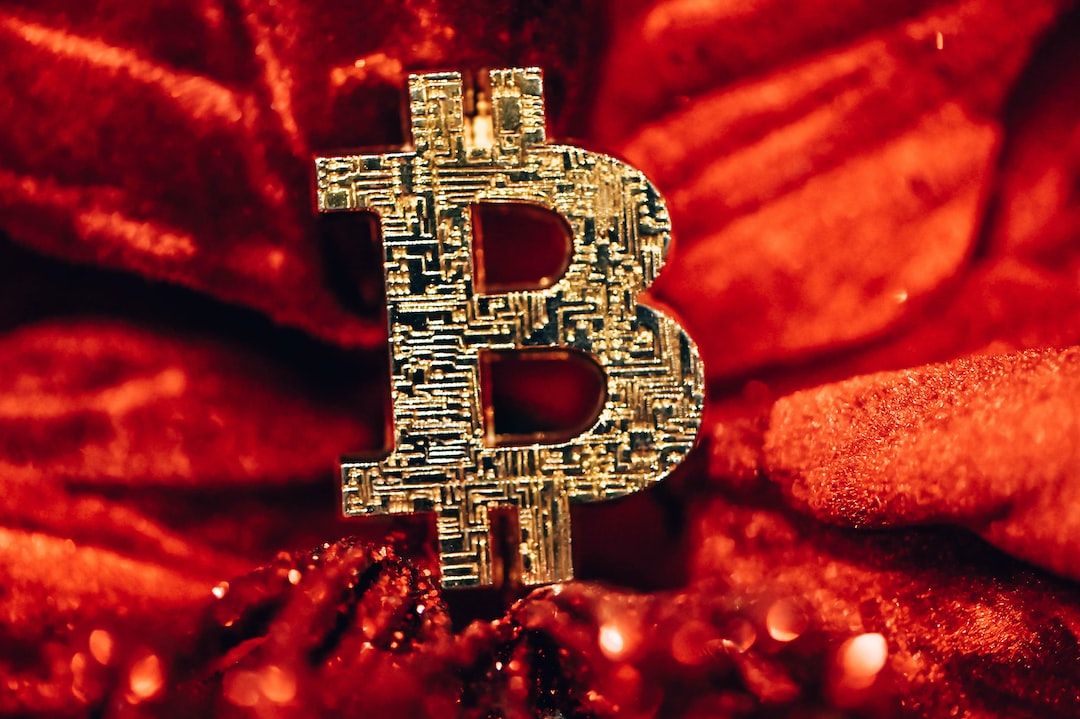
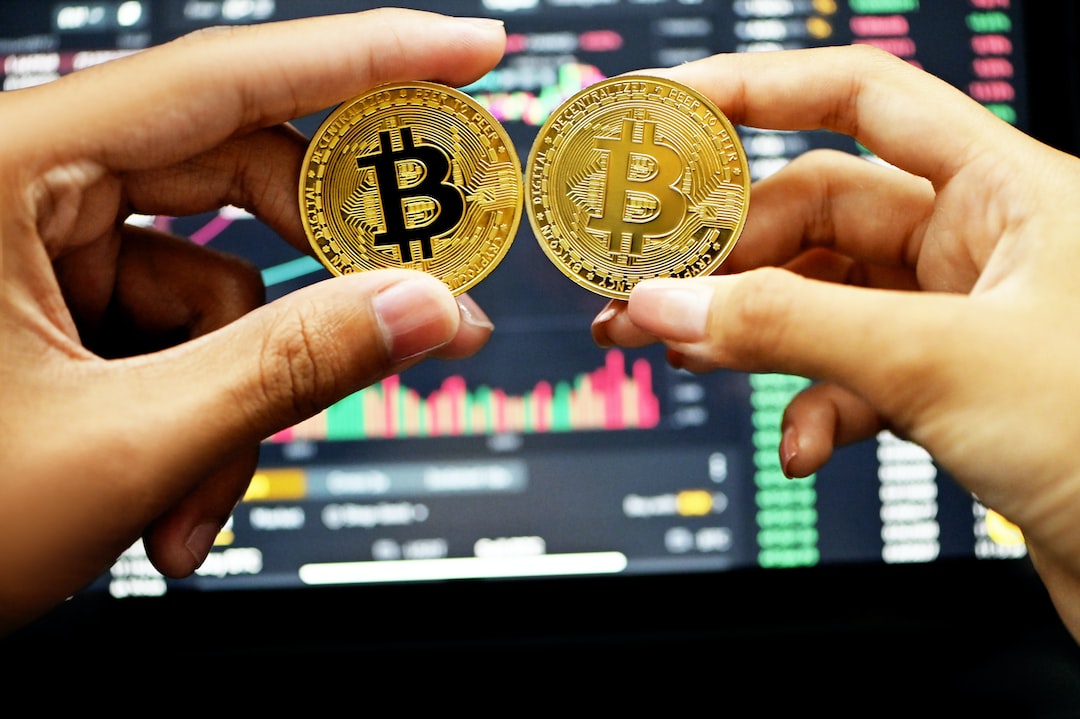
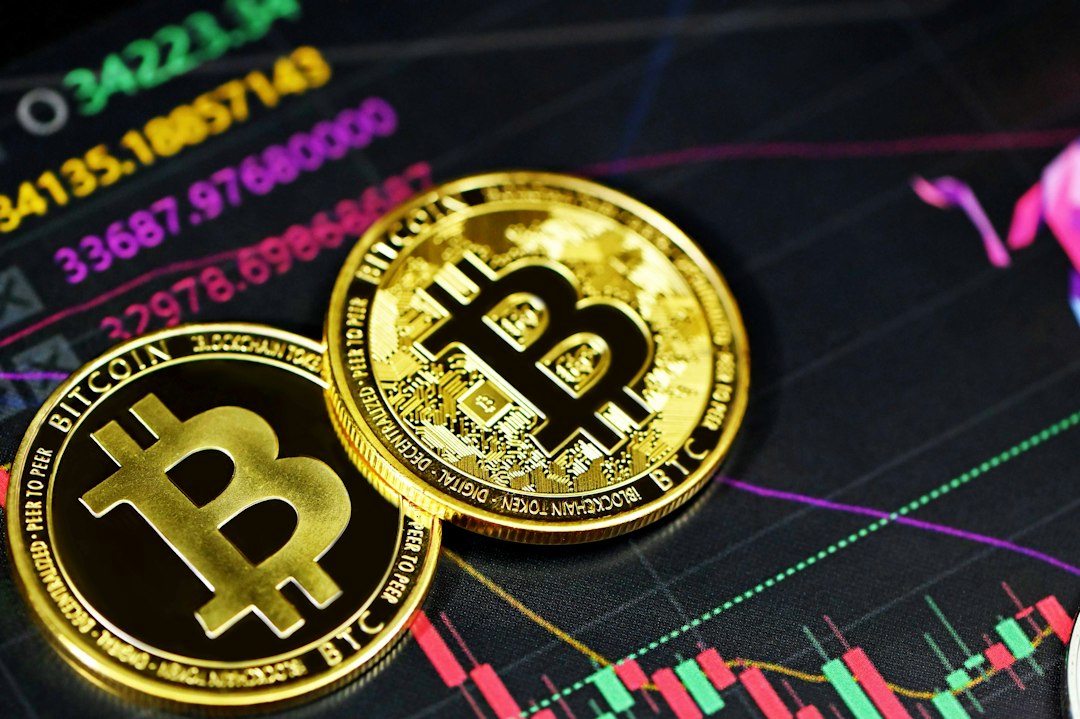

 By
By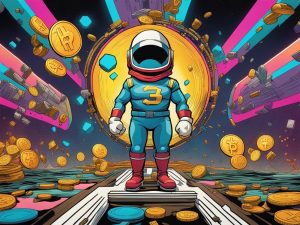
 By
By
 By
By
 By
By
 By
By